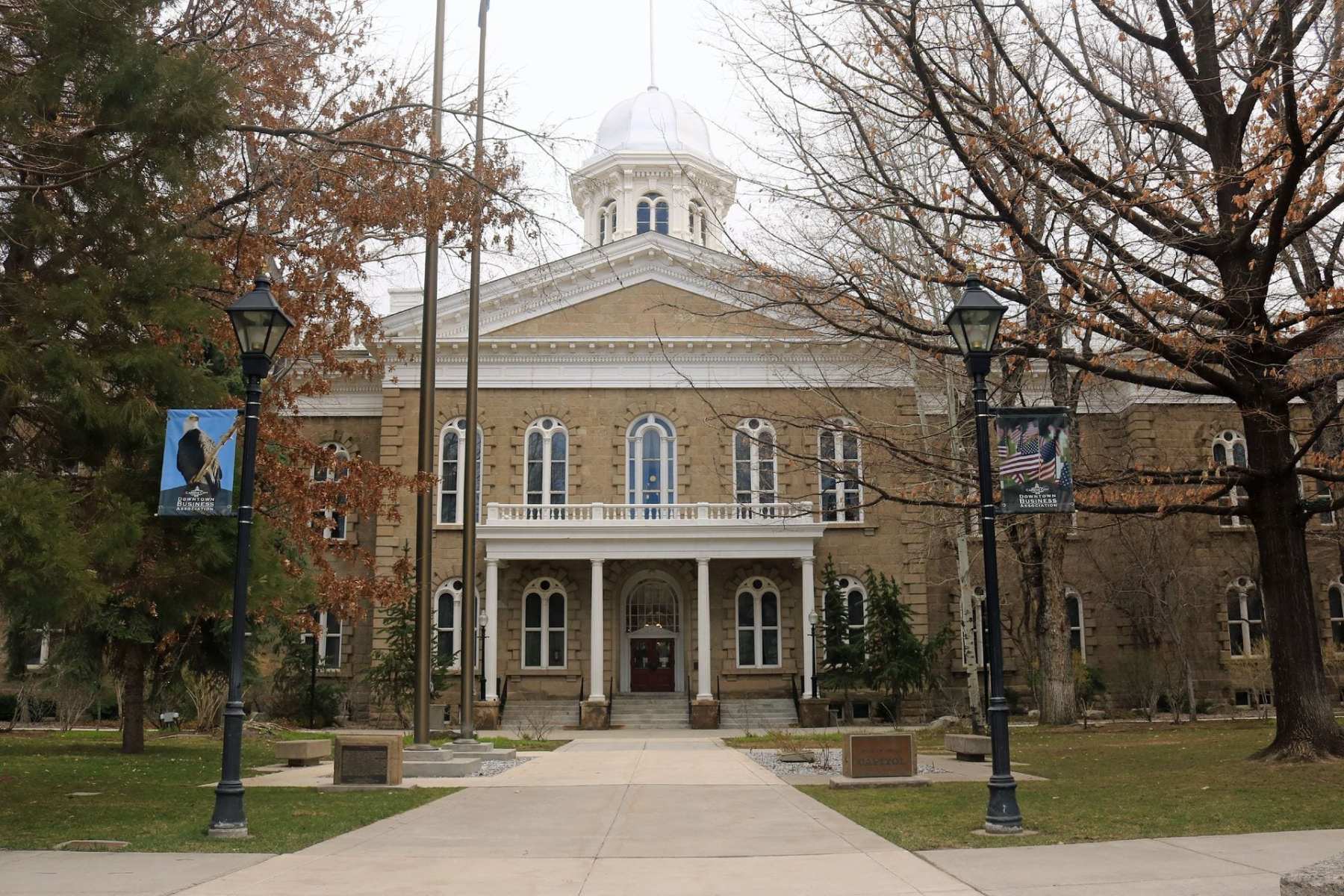A record number of women will serve in statehouses around the country after the 2020 election, according to new data.
At least 2,236 women will be state lawmakers when America’s legislatures return for their next sessions, according to an analysis released this month by the Center for American Women and Politics at Rutgers University (CAWP), which tracks women’s political power in state and federal offices.
With dozens of women running in state legislative contests that are still too close to call, the data is current as of December 1.
The available numbers show women will represent at least 30.3 percent of America’s 7,383 statehouse seats. That’s an increase from the previous 2019 record of 29.3 percent, when 2,162 women served in statehouses.
Jean Sinzdak, associate director for CAWP, said there was a time when the percentage of women in statehouses hovered between 20 and 25 percent for multiple election cycles. She called the 30 percent threshold “significant.”
“We’d like to see it go even faster, but if we were to continue this growth, we’re going to get a lot closer to parity than I would have expected if you had talked to me five years ago,” she said.
About 80 percent of the country’s 7,383 statehouse seats were up for election this year (Alabama, Louisiana, Maryland, Mississippi, New Jersey and Virginia did not have legislative races). CAWP estimated 3,444 women were nominated for state legislative seats this year, surpassing the previous record of 3,418 set in 2018. That’s the year that women, particularly Democratic women, ran and won in large numbers following the 2016 election of President Donald Trump.
The net increase in women state lawmakers between 2020 and 2021 will not reach the 237 net increase in women lawmakers elected between 2018 and 2019. But there are still good signs, said Sinzdak.
“One thing that really stands out to us is that 2018 wasn’t sort of a one-off … ‘Will women continue to hold on to the gains that they’re making or will they fall backwards?’ was the question, because 2018 was a relatively big year and for women at every level,” she said. “The answer to that is they’re continuing to improve upon their gains. And so that’s a good sign, like there’s forward momentum.”
Women also made history in 2020 beyond overall representation. There will be at least six state legislative chambers that will be majority women, a record: the Colorado House; the Nevada House and Nevada Senate; the New Mexico House; the Oregon House; and the Rhode Island Senate. Previously, women led the New Hampshire Senate from 2009 to 2010, the Colorado House in 2019, and the Nevada House from 2019 to the present.
Nevada, the only state in the country where women make up more than half of all its legislators, will be the first state where both legislative chambers are majority women. It will increase its overall representation of women in the legislature to 60.3 percent, the first state to ever cross the 60 percent threshold. It’s an increase from 54 percent in 2020 and 52.4 percent in 2018, when the legislature first reached its majority women milestone.
The increase in women’s representation in statehouses was uneven around the country. As of December 1, at least 30 states will see an increase in women state legislators; nine states will see a decrease, and six states will have the same number. Outcomes are too close to call in five states.
Chelsea Hill, a data services manager at CAWP who helped analyze the results, said the data shows the varying degrees of representation around the country. Some states lost women legislators, while others achieved new gender parity with women-majority chambers. That can be complex to explain.
“It’s an uneven picture across the nation,” she said. “… When you’re looking at state legislatures … you have to look at what’s going on in each particular state, and it has to be a more holistic approach to what goes on in that state for them to have the issues that they’re having, or for them to have the successes that they’re having and how you can replicate it.”
Although Democrats continue to represent more women in statehouses (at least 1,480 Democrats compared to at least 739 Republicans), GOP women made a greater proportion of gains than Democratic women in the election — about a 9.8 percent increase compared to 2019, when there were 673 Republican women in statehouses. Democratic women will increase in statehouses by a little over half a percent.
These statehouse numbers will fluctuate in the next few weeks, but Republican women are expected to still keep a larger proportion of gains, according to Hill.
It’s a reversal from the previous election cycle. From October 2018 to January 2019, Democratic women state legislators increased by nearly 300, a jump of 25 percent. In that same period, the number of Republican women dropped by nearly 50, or 7 percent.
Republican women also helped fuel an increase in statehouse candidates this year. There were 1,106 Republican women nominated for statehouse seats this year, surpassing their previous record of 993 set in 2018. There were 2,314 Democratic women nominated for statehouse seats this year, short of their 2018 record of 2,402.
Republican women’s gains in statehouses have similarities on the federal level. At least 141 women are expected to serve in the 117th Congress 一 a record. Although Democratic women will continue to represent the bulk of congresswomen in office, Republican women made historic gains in Congress this election. Republican women are expected to double their representation in the U.S. House of Representatives, from 13 to at least 28.
Sinzdak said there are layers to explaining why Republican women won more statehouse seats this year, including fewer opportunities for Democrats to pick up competitive seats compared to 2018. There was also heightened attention, just like on the federal side, on the dearth of Republican women in elected office, leading to new efforts to recruit more women within the party to run for office.
“If you create the infrastructure and the focus, if you pay attention to it, if you make it a priority to recruit more women, it pays off,” she said. “And I think that’s a real lesson that people can take away, and it paid off for Republican women in statehouses and the congressional level.”






